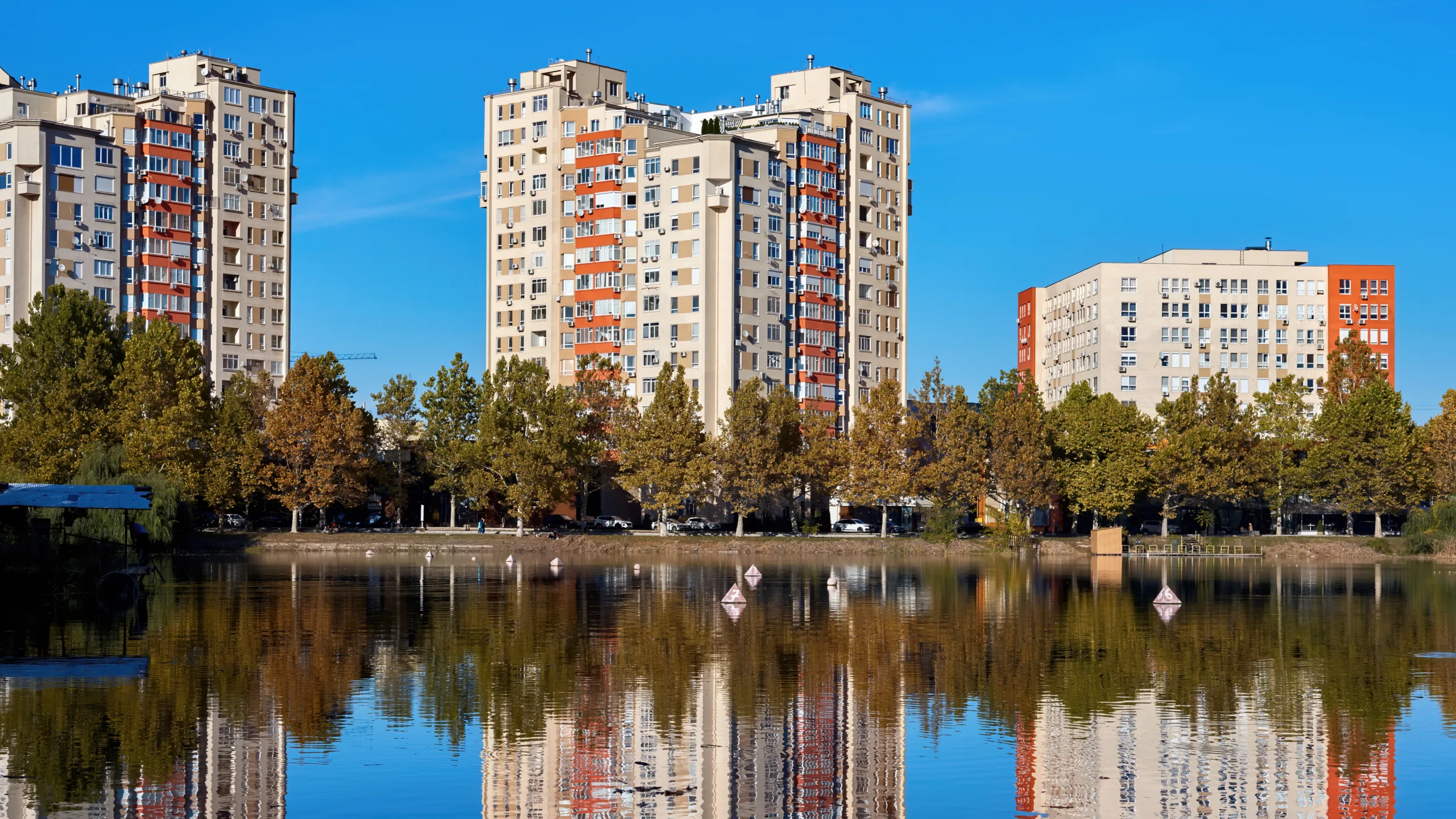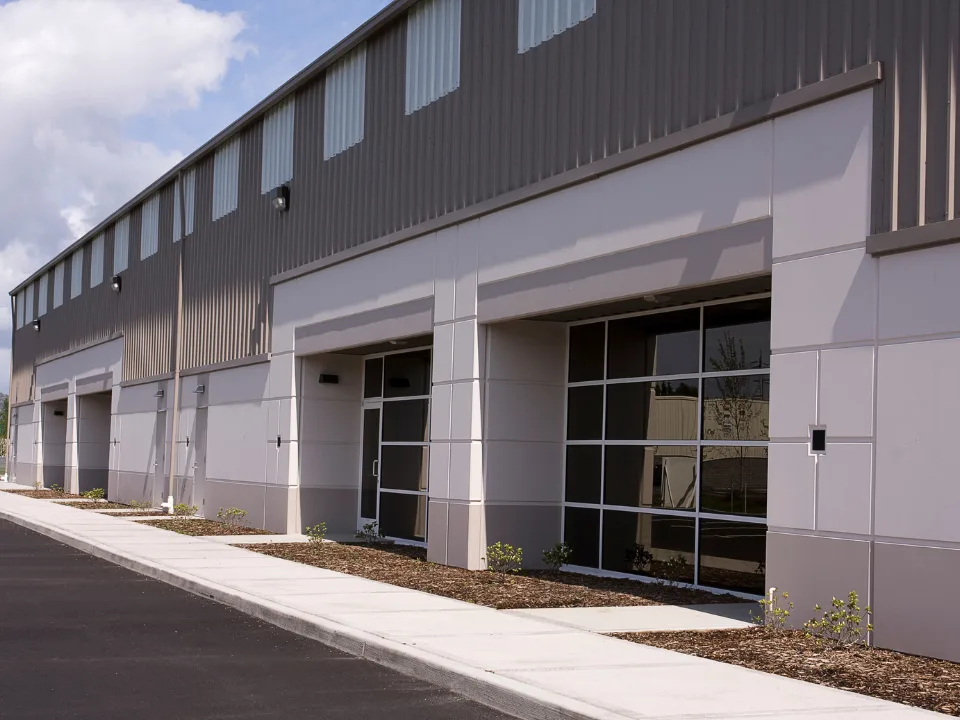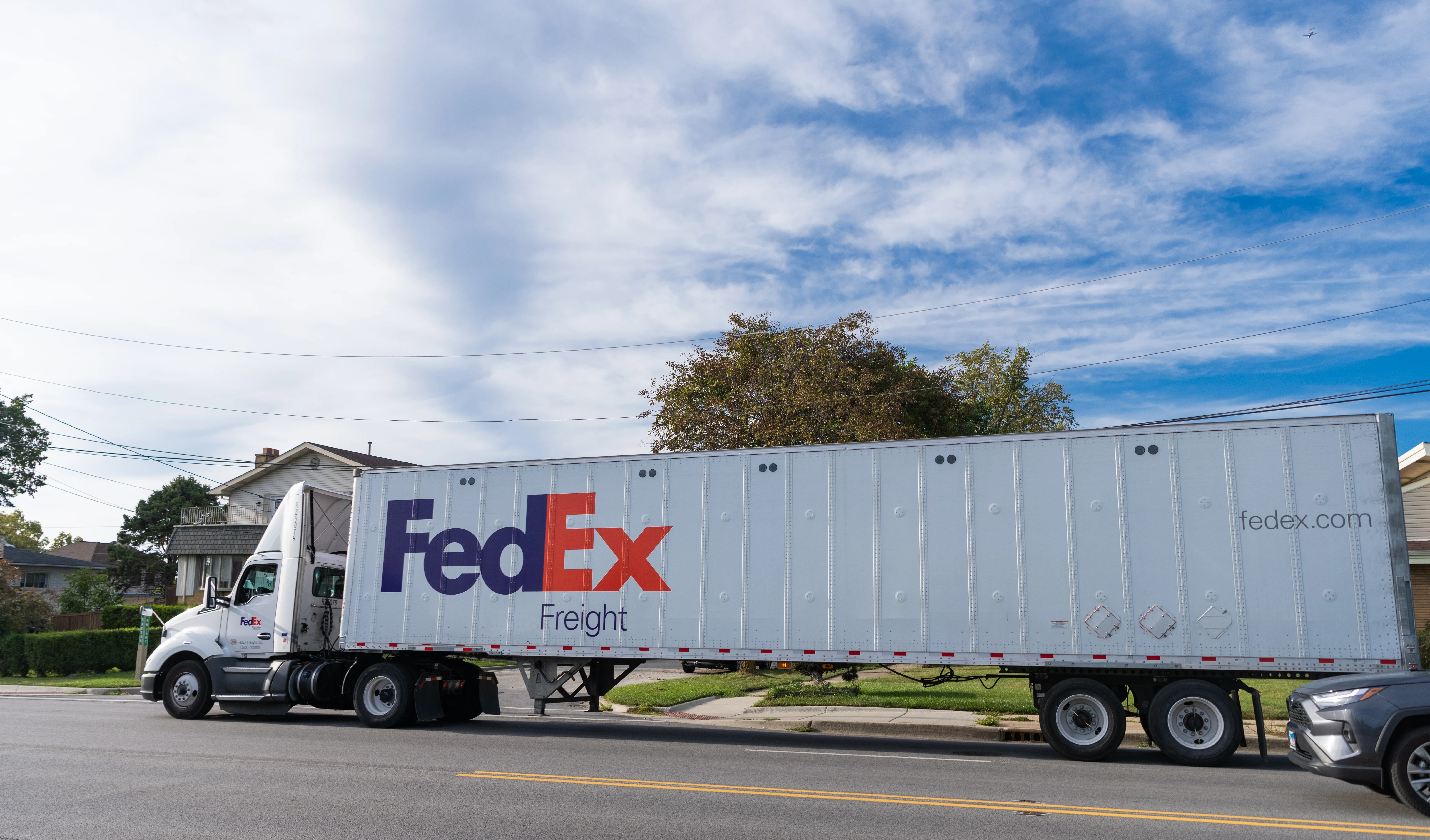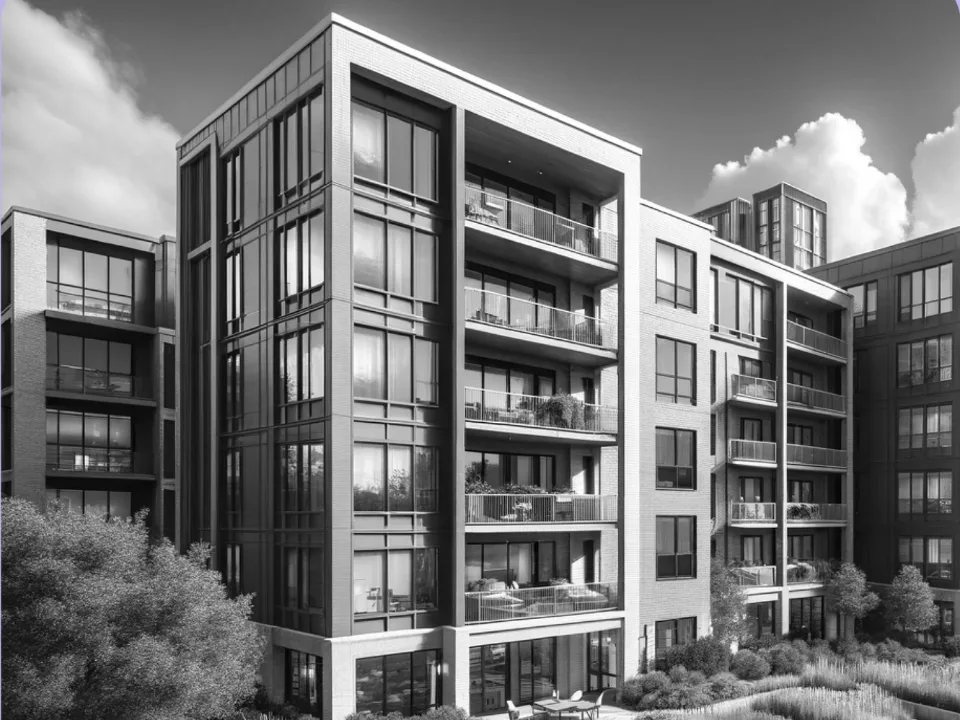- Senior housing occupancy rose to 88.1% in Q2 2025 — the highest level in years — driven by surging demand from the aging Baby Boomer generation.
- The supply of new senior housing units fell to a two-decade low, with only 809 new units added last quarter.
- Rising rents and limited affordable options are leaving many older adults priced out, especially those on fixed or modest incomes.
- Independent and active adult living communities are leading demand growth as seniors prioritize wellness, lifestyle, and autonomy.
Demand Soars, Supply Lags
A new report from the National Investment Center for Seniors Housing & Care (NIC) highlights a sharp rise in occupancy across senior housing communities, reports GlobeSt. Occupancy increased from 87.3% in the first quarter of 2025 to 88.1% in the second quarter. That translates to 625,800 occupied units — a sign that aging Americans are turning to senior living communities in record numbers.
Population Shift Intensifies The Gap
America’s over-65 population has reached 59M, now comprising 18% of the total population. That number is projected to swell to 78M by 2040. However, housing development hasn’t kept pace. The number of newly available senior housing units fell to just 809 in Q2 — the lowest quarterly figure in 20 years.
Get Smarter about what matters in CRE
Stay ahead of trends in commercial real estate with CRE Daily – the free newsletter delivering everything you need to start your day in just 5-minutes
Rising Rents Squeeze Affordability
Rents for independent living units climbed 4.25% year-over-year to an average of $4,402 per month. Assisted living communities saw similar increases, with rents rising 3.97% to $6,976. Nearly half of older adults won’t be able to afford these prices, according to NIC, highlighting an urgent need for more affordable senior housing.
Investor Caution Amid Market Challenges
Construction activity slowed in Q2, with inventory growth dipping from 1.2% to 1% and construction-to-inventory ratios falling from 2.6% to 2.4%. NIC CEO Arick Morton noted that economic volatility and policy uncertainty are making developers and capital providers hesitant, despite growing demand.
Lifestyle Shifts Fuel Independent Living
Independent living properties posted the strongest gains, with occupancy rising to 89.7%. Active adult rental communities reached an even higher occupancy rate of 92.3%. “Baby Boomers appear to prioritize mental, physical, and social wellness,” said NIC’s Caroline Clapp, pointing to lifestyle-oriented amenities as a key draw.
What’s Next
The senior population is expected to grow significantly over the next 15 years. As a result, the gap between demand and supply is likely to widen. New policies and incentives will be needed to encourage development, especially for lower- and middle-income seniors. Developers and investors will need to balance risk with the growing opportunity in the sector.
















